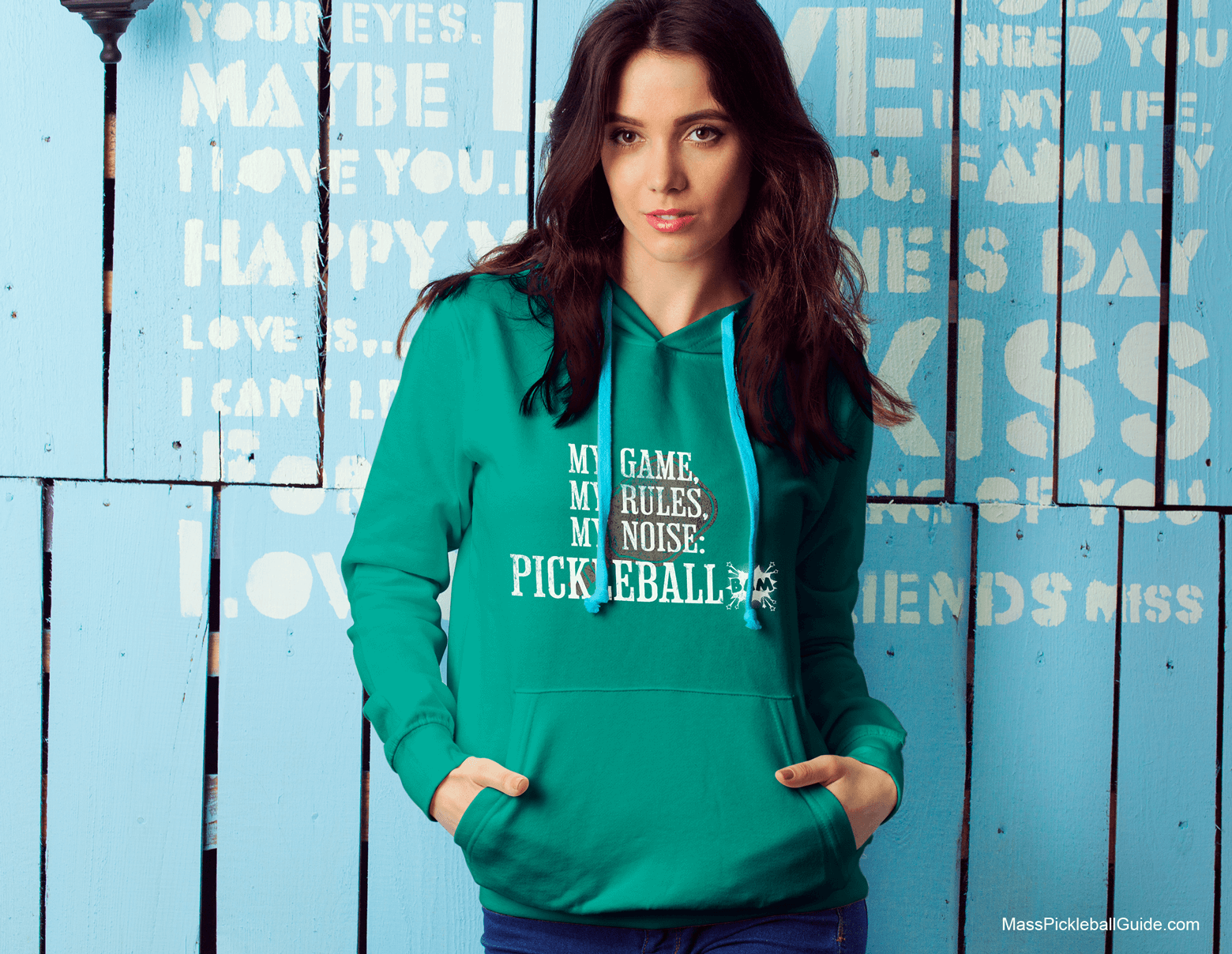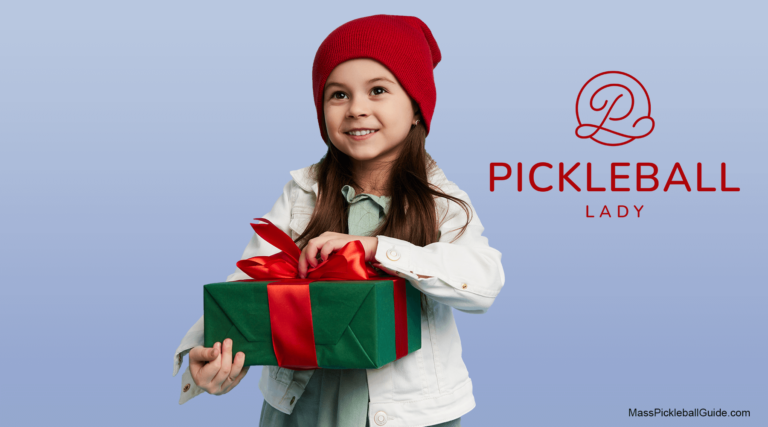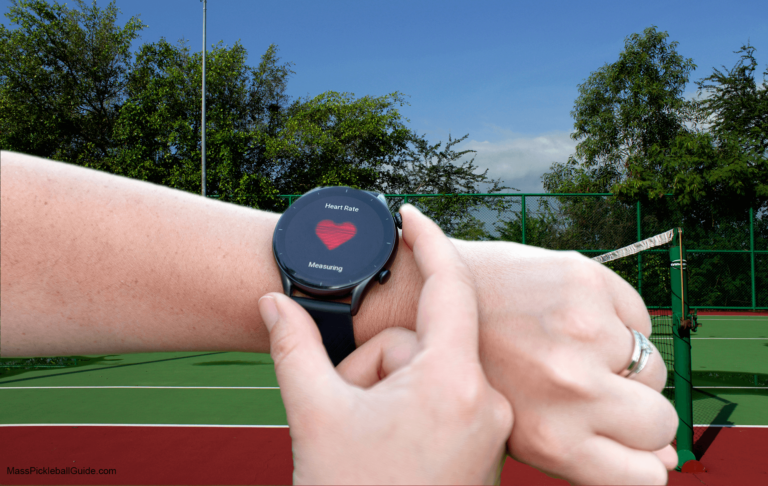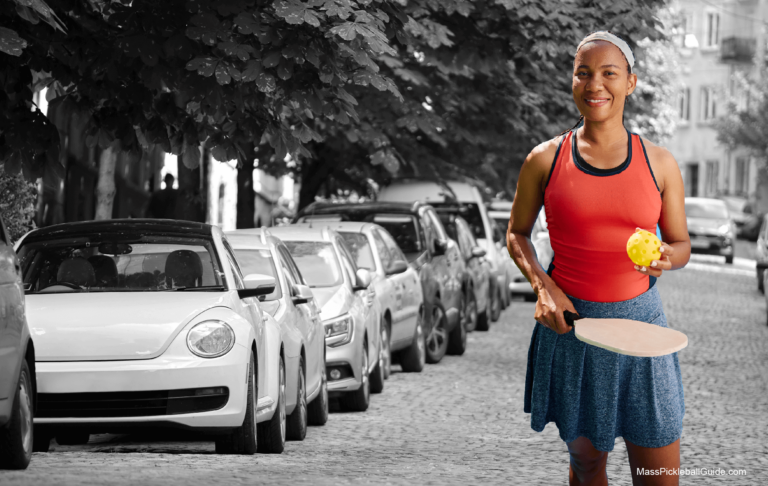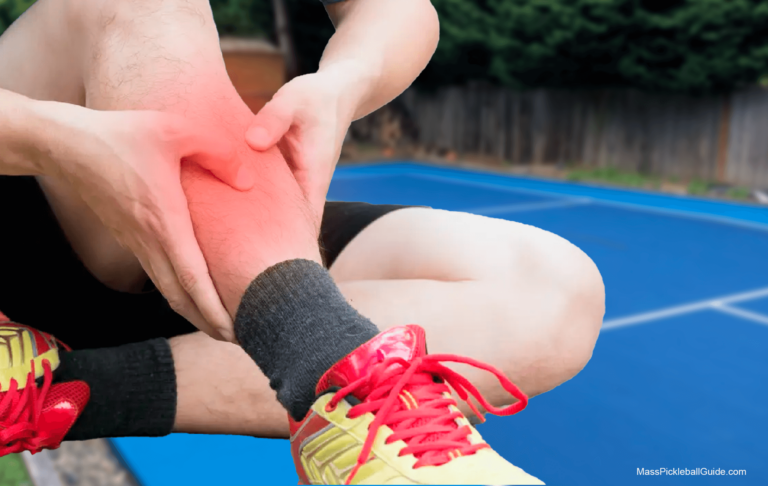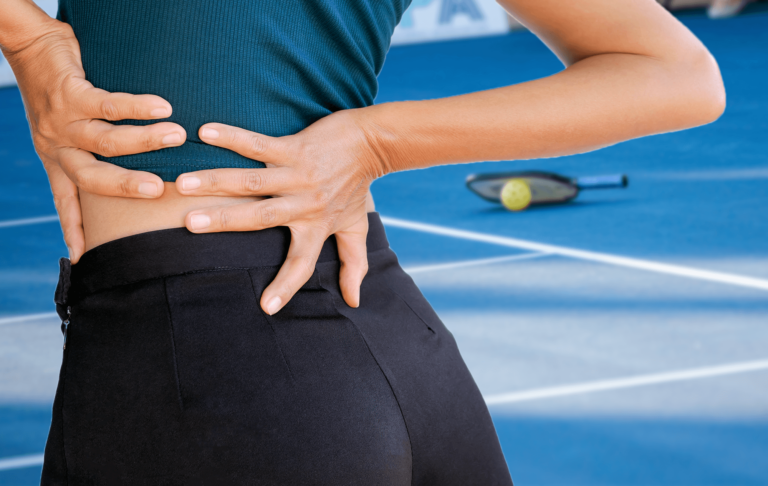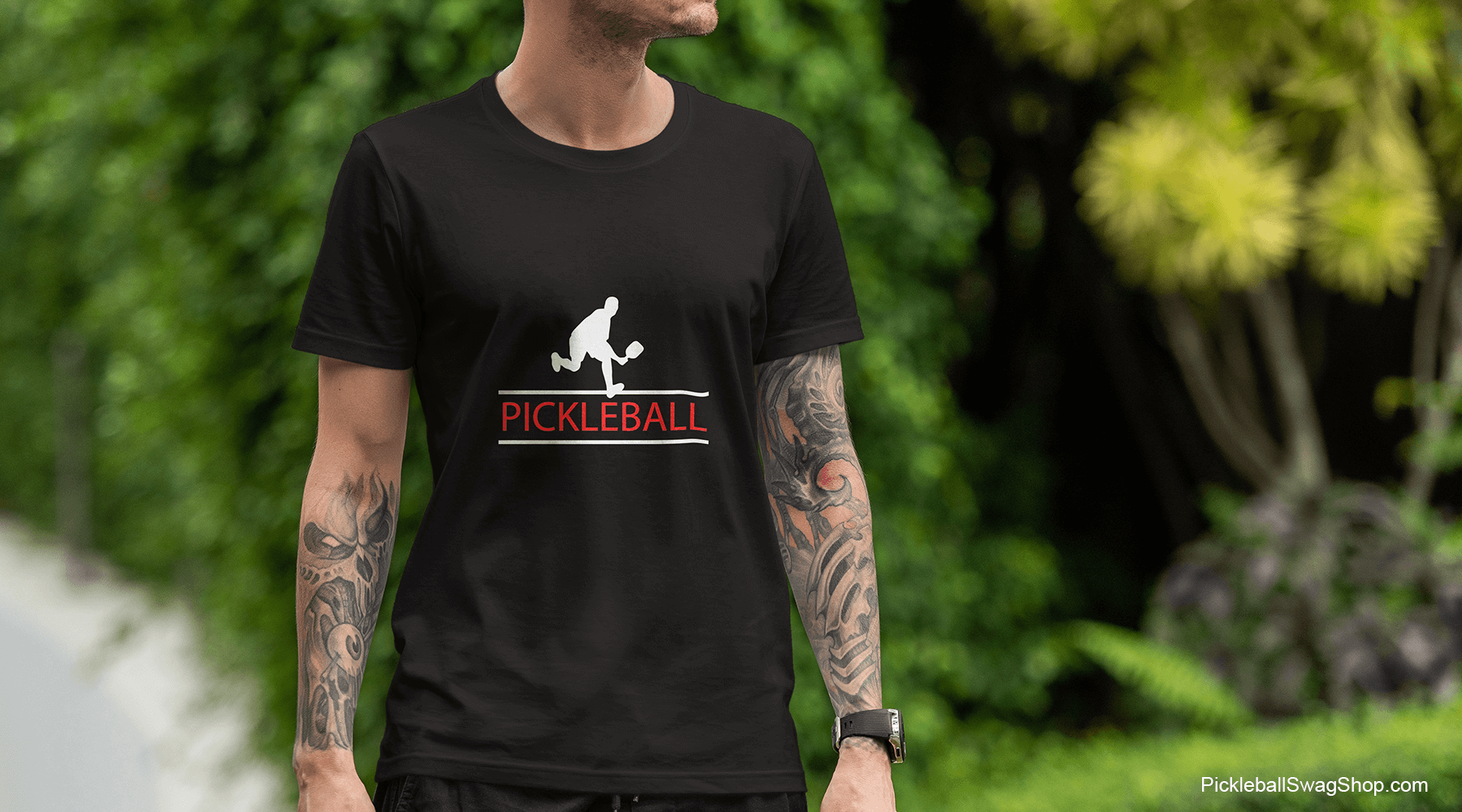Homeowners and the Rise of Pickleball Noise Disputes
always starts with a no
Introduction
Pickleball has rapidly shifted from a niche sport to a national phenomenon. Which is good and bad. With its roots traced back to a family’s backyard in the 1960s, the game has evolved into an activity loved by millions. As pickleball’s exploding popularity soars, there’s an increasing trend of an unexpected fallout: homeowners are growing “discontented” (to say the least) with the distinctive sound of the sport, leading to a surge in legal disputes.
Pickleball noise problems are more commonly found in areas where pickleball is relatively new. In other words, where people are unaware of its existence and how it plays.
Other than seeing the tremendous press pickleball gets, people are unaware of pickleball until it shows up in their backyard (literally) or in their town. It looks cute and fun from TV and social media clips but once they see live and in person some people immediately so “no, not in my backyard, we hate the noise”.
Understanding Pickleball Noise
To those unfamiliar, it’s essential to grasp why pickleball generates noise discussions. The sport incorporates a unique pickleball racket and a perforated plastic ball. The combination of these two can create a distinct “pop” sound, especially during competitive rallies.
Why is Pickleball Noisier than Other Sports?
Let’s compare it to its close relative: tennis. Here’s a brief comparison table:
| Aspect | Tennis | Pickleball |
|---|---|---|
| Ball Material | Felt-covered rubber | Perforated plastic |
| Racket Material | Strings | Solid composite |
| Sound Produced | Thud or swoosh | Sharp pop |
| Court Size | Larger | Smaller, leading to more rapid rallies |
While tennis courts typically absorb some sound due to the softer nature of tennis balls and the stringed rackets, pickleball courts amplify it, given the harder ball and solid racket composition. And, as games often occur in close-knit community spaces, the noise tends to reverberate more, leading to increased noise levels.
The average pickleball sound, whether indoor or outdoor pickleball, is about 70 dBA. As a point of reference, any noise or sound greater than 80 dBA should try to be avoided and a dBA of greater than 90 can be harmful.
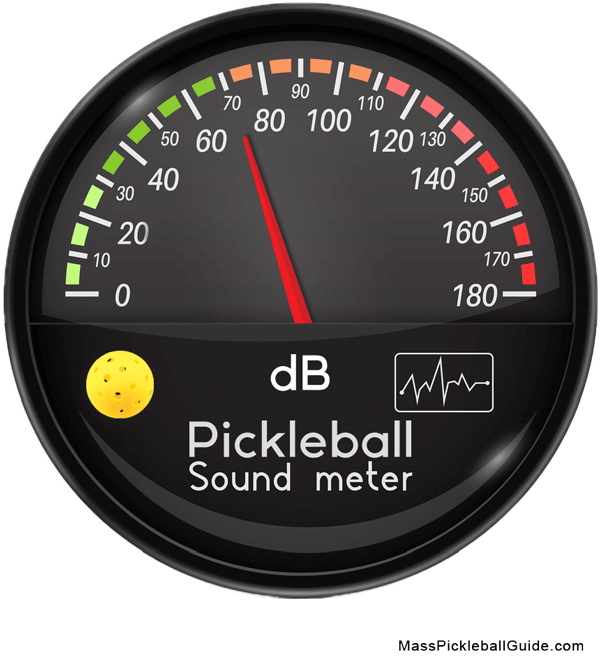
[dBA is an A-weighted decibel which is an expression of the relative loudness of sounds as perceived by the human ear. A-weighting is the standard for determining hearing damage. Source: TechTarget]
Even though pickleball averages 70 dBA (about the background noise of a Dunkins), this is still too much for some folks – or it just gives them something to hang their hat on. They may argue that any noise level from pickleball may be a nuisance. And, yes, we will admit pickleball noise is unique and can get in our heads as we’re lying awake in bed, but it does not make too many people say they want to quit pickleball altogether.
But the fact remains that while the paddle hitting the ball (and the ball bouncing off the court) averages 70 dBA it is still greater than tennis’s average 40 dBA.
For more in-depth insights into the myths surrounding pickleball noise, check out our detailed article here.
Rise of Legal Actions: A Deeper Dive
As pickleball’s popularity skyrockets, so do the controversies surrounding its distinct noise. But what’s driving the increase in legal action?
Increasing Noise Complaints
The noise coming from pickleball courts, especially during peak playing hours, has led to an uptick in homeowners and homeowners associations voicing their concerns. Several communities across the nation have reported noise disputes, often leading to sound conflict in otherwise peaceful neighborhoods.
But the issue doesn’t stop at mere complaints. A significant number of these concerns have escalated into full-blown legal actions. Homeowners, empowered by their community groups, are increasingly resorting to the courts to address their grievances. These lawsuits and legal actions range from seeking sound mitigation measures to, in some extreme cases, demanding the relocation or removal of pickleball courts.
Further: some people will dislike pickleball if it were completely silent; they just don’ like it at all! They simply hate change or anything new and unfamiliar to them.
Real-World Examples
Case Study 1: In North Scottsdale, Arizona, homeowners raised concerns after the Stonegate Community Association converted a nearby tennis court into pickleball courts without resident consultation or a sound study. Videos from their backyards capture the disruptive noise, making it challenging for them to enjoy their outdoor space or host guests.
Case Study 2: In Newport Beach, California, a woman claims the noise from a nearby pickleball court is causing her “severe mental suffering, frustration, and anxiety.” Nearby homeowners are becoming increasingly proactive, intervening upon hearing plans for pickleball courts near their properties.
For those interested in the intricacies of how sound behaves in the context of pickleball, our in-depth analysis on pickleball sound disputes offers further insights.
Sport Your Spirit: Pickleball Noise Apparel
Embrace the lighter side of pickleball with our whimsical t-shirt collection, specifically designed to humorously target the noise detractors of our beloved sport! Each shirt expresses the collective joy of the pickleball community, gently poking fun at those who find its characteristic sound bothersome.
Homeowners Associations and Community Groups
Homeowners associations (HOAs) play a pivotal role in these disputes. Acting as intermediaries, they often find themselves caught between promoting community activities and ensuring homeowners’ peace and quiet.
The Role of HOAs
HOAs, by design, are meant to uphold community standards and enhance the quality of life for residents. When it comes to pickleball noise disputes, their role becomes more nuanced:
- Advocacy: Some HOAs actively advocate for pickleball, viewing it as a community-building activity. They might invest in soundproofing measures, liaise with game participants to establish “quiet hours,” or organize community discussions.
- Opposition: Conversely, other HOAs, driven by homeowner complaints, might adopt a more oppositional stance. They might impose restrictions, levy fines, or even take legal action against players causing significant disturbances.
It’s important to note that not all community groups and HOAs are at odds with pickleball players. Many are working diligently to find a middle ground, ensuring that the sport can coexist harmoniously within neighborhoods. This includes investing in noise reduction and exploring the truth behind pickleball noise.
Sound Mitigation Efforts
Sound has always been a crucial aspect of urban planning and community living. When it comes to pickleball, both players and communities have shown interest in implementing sound mitigation techniques, but at what cost?
Understanding Soundproofing Techniques
Several techniques have shown promise in reducing pickleball noise:
- Installation of acoustic barriers around courts.
- Use of modified paddles designed to produce less noise.
- Planting vegetation, such as trees or shrubs, to act as natural sound buffers.
- Exploring advanced court surfaces that can absorb more sound.
- Community-driven initiatives, like setting specific hours for play to minimizedisturbances during quiet times.
Our article on sound mitigation provides a more exhaustive look at these and other innovative measures.
The Perspective of Pickleball Players
While homeowners and community groups are vocal about their concerns, it’s essential to understand the viewpoint of those who play the sport.
The Love for the Game
Pickleball enthusiasts and game participants often describe the sport as more than just a pastime; for many, it’s a lifestyle. They highlight the health benefits, community building, and sheer joy the game brings.
Working Towards Harmony
Most players are well aware of the noise issues and many are proactive in seeking solutions:
- Hosting community outreach events to educate neighbors about the game.
- Collaboratively working with HOAs to explore soundproofing options.
- Voluntarily adjusting play schedules to respect quiet hours.
Many players believe that through mutual respect and understanding, the pickleball noise mystery can be resolved amicably.
Comparing Pickleball Noise to Other Sports
Every sport has its unique characteristics, and pickleball is no different. When discussing noise, it’s instructive to compare pickleball to other racket sports:
Noise Levels Across Sports
- Pickleball: Recognized for its distinct ‘pop’ sound, especially during intense rallies.
- Tennis: Produces a softer thud, thanks to its stringed racket and felt-covered ball.
- Badminton: Known for its swooshing shuttlecock sound, which is relatively quiet.
- Squash: Its indoor courts often echo with the sound of a small rubber ball hitting walls.
While pickleball might be louder than some sports, it’s worth noting that other recreational activities, like basketball or street hockey, can produce comparable noise levels.
Conclusion
Pickleball, with its booming popularity, brings joy to countless enthusiasts but has also been the center of noise controversies. While legal actions and community disputes might currently dominate headlines, it’s important to remember the essence of the sport: community, fun, and fitness. Through dialogue, innovative solutions, and a bit of compromise, communities can enjoy the benefits of pickleball while maintaining a serene living environment.
For more insights and discussions on the impact of pickleball and its sound, explore our detailed pieces, including the impact of pickleball noise on communities.

